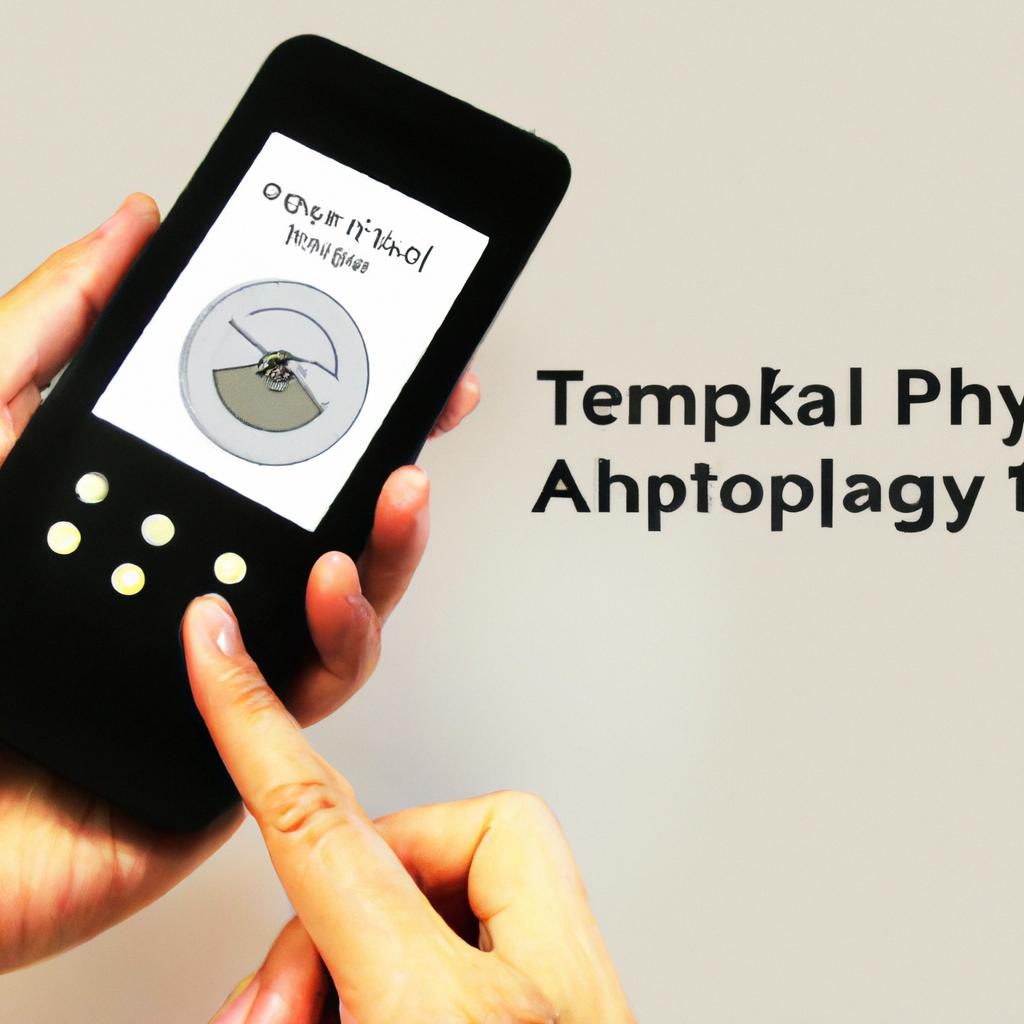Integrating Wearable Technology into Physical Therapy: How Smart Devices Enhance Patient Engagement and Recovery Outcomes
Integrating Wearable Technology into Physical Therapy: How Smart Devices Enhance Patient Engagement and Recovery Outcomes
Wearable technology has transformed healthcare. Physical therapy now uses these devices to boost patient engagement. Smart devices encourage active participation in recovery and significantly improve outcomes. This blog explores wearable technology’s integration into physical therapy and its impact on recovery.
The Role of Wearable Technology in Physical Therapy
Wearable technology includes smartwatches, fitness trackers, and specialized medical devices. These devices monitor progress and provide real-time feedback. Patients stay engaged and motivated during recovery. Many devices also track vital signs, activity levels, and sleep patterns. This data collection helps healthcare providers understand a patient’s overall health.
Providers can leverage this data to tailor treatment plans. Therapists can adjust exercises based on real-time feedback. This adaptability optimizes recovery strategies for individual patients. Wearable technology enables therapists to create personalized rehabilitation programs that address specific needs and goals.
Enhancing Patient Engagement
Wearable devices enhance patient engagement significantly. Patients access their health data, fostering ownership over their recovery. They can view progress, set goals, and track achievements. This transparency encourages accountability and motivates patients to commit to rehabilitation.
Many wearable devices also include gamification elements. These features turn rehabilitation exercises into fun challenges. Patients may compete against friends or their past performances. This friendly competition motivates them to push harder and stay consistent, making rehabilitation more enjoyable.
Real-Time Feedback and Communication
Wearable technology facilitates real-time communication between patients and therapists. Many devices allow therapists to monitor progress remotely. This practice increases the frequency and quality of interactions. If therapists notice issues or plateaus, they can intervene quickly. This proactive approach reduces setbacks and leads to better outcomes.
Some devices offer reminders for exercises, medication, and appointments. Reminders help patients stay on track with treatment plans. As a result, patients are less likely to skip sessions or forget tasks, which can hinder progress.
Data-Driven Insights
Wearable technology provides valuable data-driven insights for therapists. They can analyze trends and patterns in performance over time. This information allows for a personalized therapy approach. Therapists can adjust exercises based on collected data, ensuring effective care for each patient.
For example, if a patient struggles with a specific movement, the therapist can modify the exercise. This tailored approach maximizes efficiency and effectiveness. Patients engage in activities that are both challenging and achievable. Consequently, patients experience improved recovery outcomes and feel empowered in their rehabilitation.
Health Benefits of Wearable Technology in Rehabilitation
Wearable technology offers numerous health benefits for patients.
Conclusion
In summary, wearable technology enhances engagement and recovery outcomes in physical therapy.
Below are related products to the topic if you’re interested:
FAQ
What types of wearable technology are used in physical therapy?
Wearable technology in physical therapy includes smartwatches, fitness trackers, and specialized medical devices. These devices are designed to monitor progress, track vital signs, activity levels, and sleep patterns, providing valuable data that helps healthcare providers tailor treatment plans for individual patients.
How does wearable technology improve patient engagement in rehabilitation?
Wearable technology enhances patient engagement by allowing patients to access their health data, set goals, and track their achievements. Many devices incorporate gamification elements, transforming rehabilitation exercises into fun challenges and fostering a sense of accountability, which motivates patients to stay committed to their recovery.
What benefits do therapists gain from using wearable technology?
Therapists benefit from wearable technology as it provides real-time feedback and communication with patients. They can monitor progress remotely, analyze performance trends, and adjust treatment plans based on collected data. This proactive approach enables therapists to intervene quickly when issues arise, ultimately leading to better recovery outcomes for patients.















Post Comment